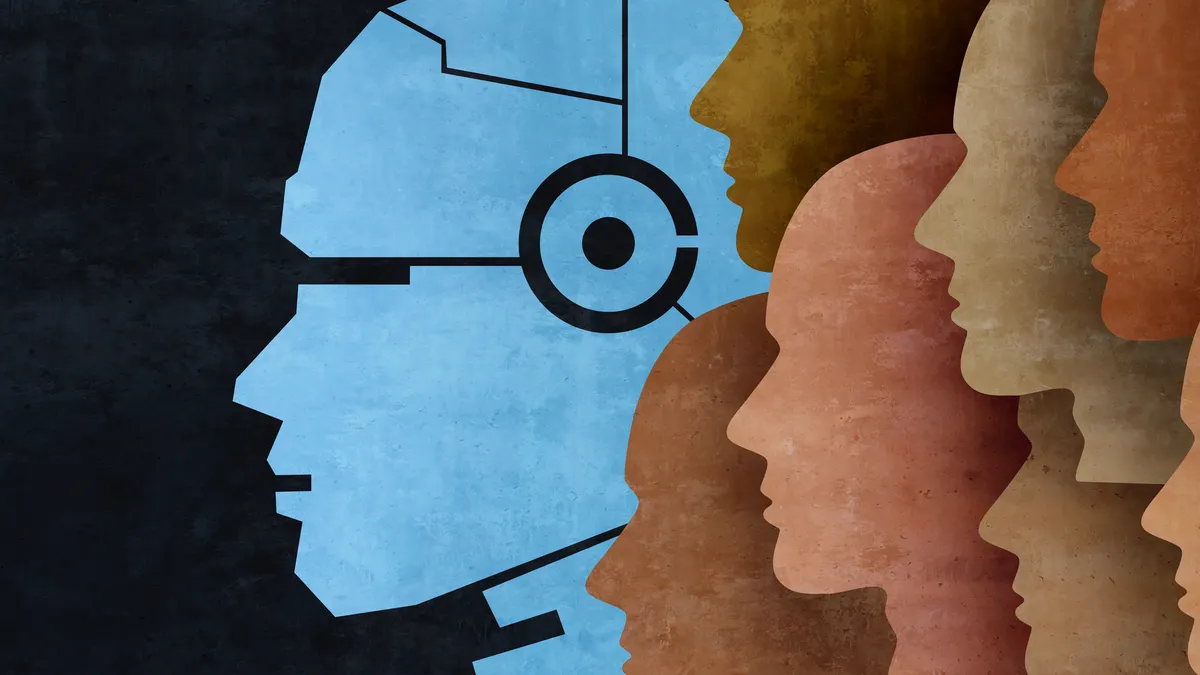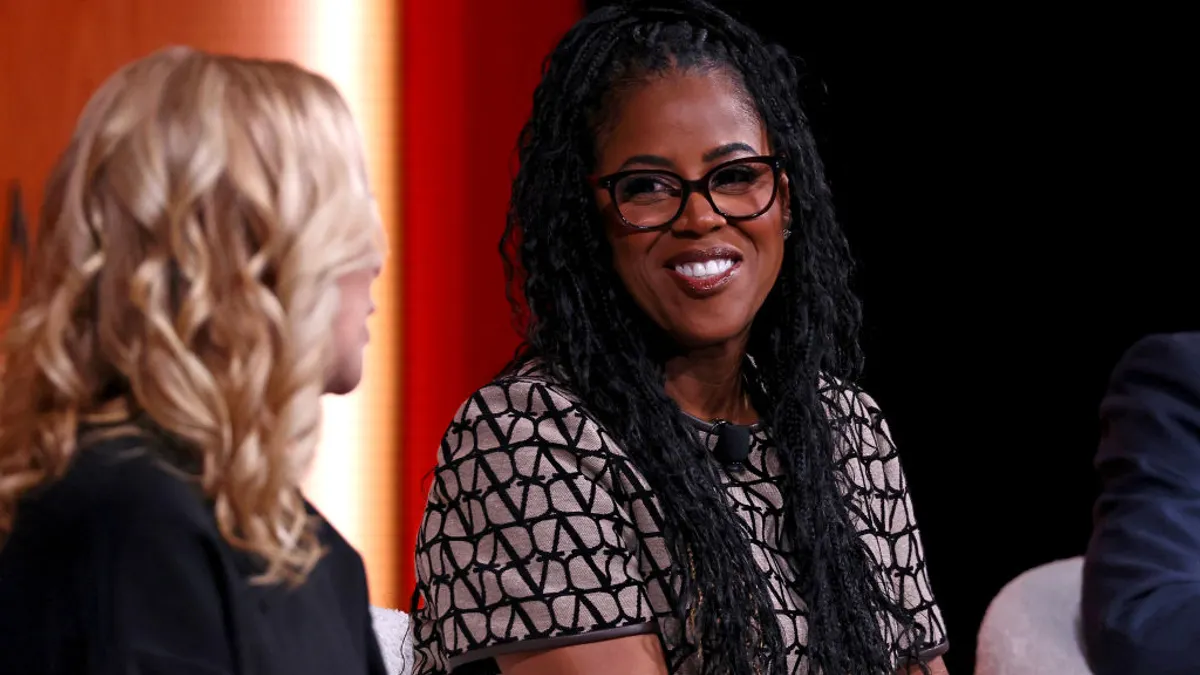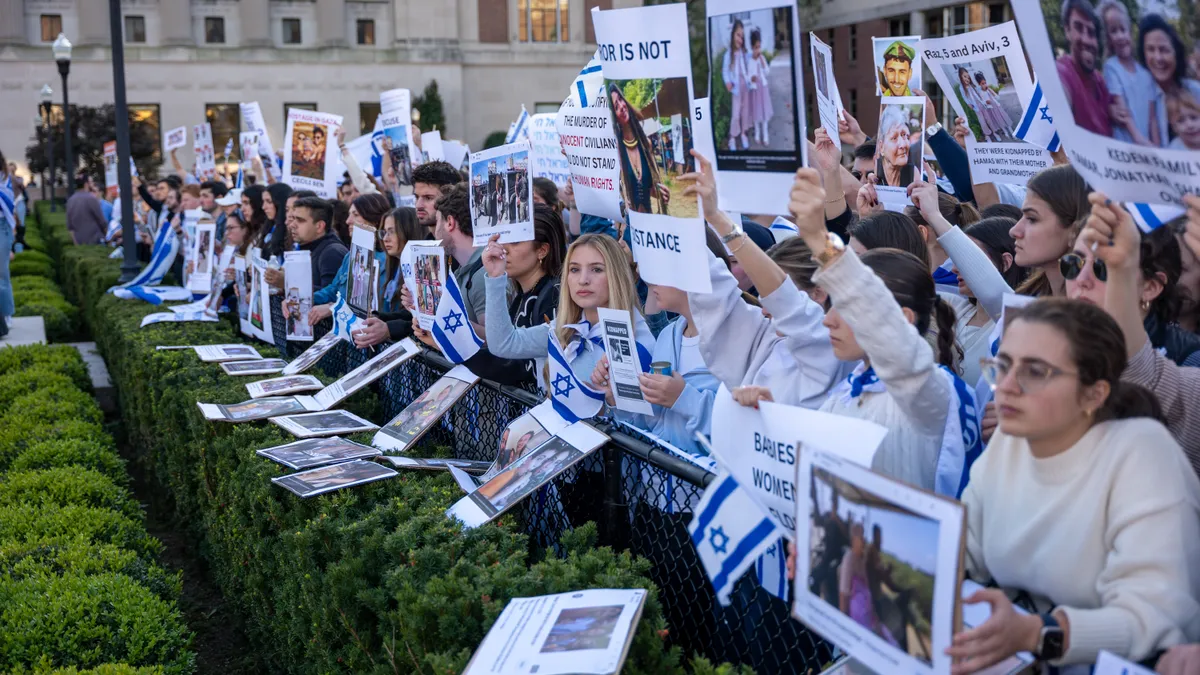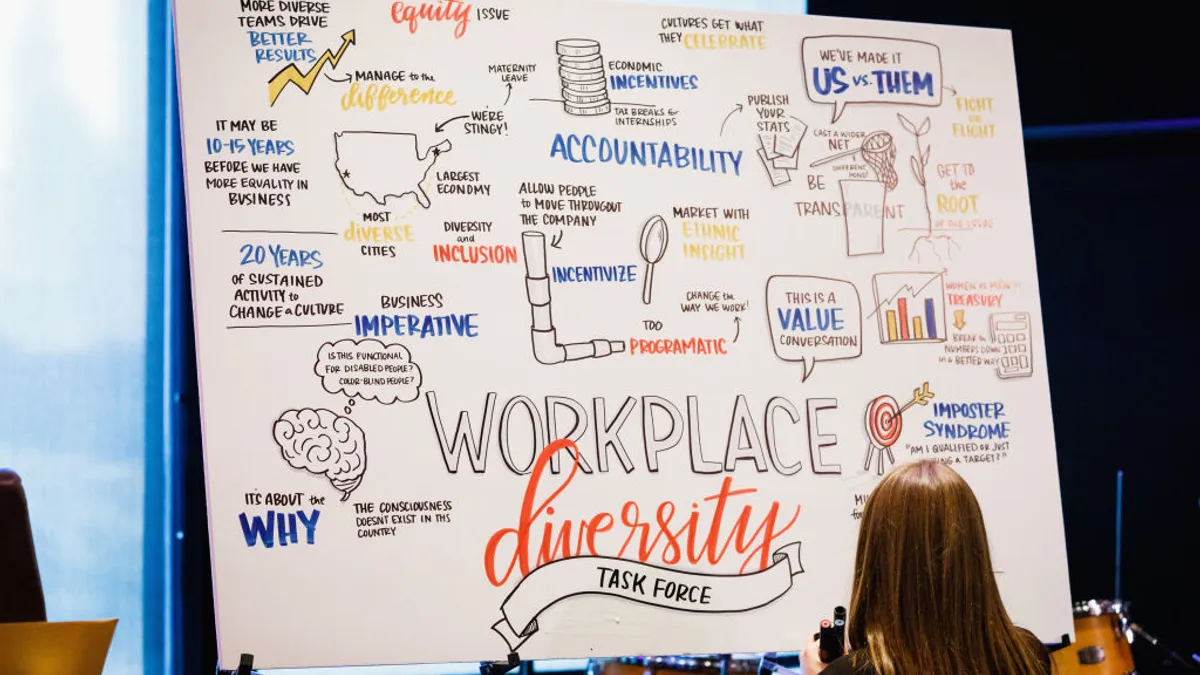Marcus Farris is the post-traumatic growth director at Mission 22.
I recently conducted an “exit counseling” for one of the soldiers in my reserve unit who decided it was time to hang up the uniform and transition to the civilian world. I asked him what his thought process was when making the decision, and the reasons he had for joining a part-time Reserve unit post-active duty time.
He told me something that I believe reflects the thinking of many transitioning soldiers: He was concerned there was a possibility he wouldn’t be able to land on his feet after the structure his full-time service provided was gone. Fortunately, in his case, he found that after just a few months following his active duty, he was able to apply his passion for graphic design in a new environment.
Unfortunately, this gear shift is not nearly as fluid for many others. In the corporate landscape of a country with a plethora of opportunities and a generally positive view of the veteran culture — with its associations with premier leadership acumen, dedication to working as a group, and superior adaptability and problem-solving skills — it seems odd that a service member would have so many hurdles to finding meaningful employment.
The challenge for organizations is to not only have an outward display of “support for our veterans,” but also an adaptive internal culture themselves which invites members of society’s warrior class into the fold with everyone else.
Breadth over depth?
It’s a rare company that offers employment in equivalent positions as the combat arms branches: infantry, armor, field artillery and paratrooper — to name just a few. So, what is an HR manager to do when considering employing a former “kinetic effects” subject matter expert for something, let us say, more domestic?
David Epstein, author of the New York Times bestseller Range: Why Generalists Triumph In A Specialized World, would see this challenge as a massive opportunity to problem-solve in new ways. He makes the case that we need a greater ability to apply thinking across domains as a sort of remedy to what can otherwise become stultified thinking.
“Modern work demands knowledge transfer: the ability to apply knowledge to new situations and different domains,” Epstein writes; “Our most fundamental thought processes have changed to accommodate increasing complexity and the need to derive new patterns rather than rely only on familiar ones.”
Essentially, breadth can be more important than depth.
A military-dominant resume can be seen as a new pattern of thinking that could end up providing a much-needed perspective on an old problem. True inclusivity invites new ideas and ways of thinking to current solutions that have run the risk of being taken for granted as optimal.
Skills translation and training
As far as skills specific to a narrowly focused role, companies must provide a degree of optionality to professional development. The military constantly provides lateral training opportunities for its members, knowing that by combining training specific to a military occupational specialty with broadening education, it will make a highly well-rounded trooper. Veterans — just like the rest of the population — have a fundamental need for their competency to match their vocational and education opportunities.
Over the course of my military career, I completed the engineer basic course, jump school, combatives, an arctic warfare course, the psyop career course and others. This range of experience was by no means an anomaly, and such a diverse career progression is encouraged. Civilian companies should consider how to provide continued education to service members that might not be directly related to their current role, but continues to instill the importance of breadth in their abilities.
Flexible work environment
Many veterans are accustomed to demanding schedules, but they appreciate workplaces that prioritize results over strict work hours. Flexibility allows veterans to balance work with personal responsibilities, contributing to both their well-being and productivity.
One of the defining principles of the U.S. military is a commitment to delegation down to the lowest appropriate level, enabling those closest to the problem to make the best decisions about the problem. With this mindset, supervisors should consider how necessary rigid clock-in and clock-out hours are when compared to a system that provides general guidance and intent paired with trust in the individual that the work will get done.
Wellness support
While it’s certainly not the case that every veteran seeking employment is also dealing with some kind of post-traumatic stress, it’s reasonable to assume that just about everyone could benefit from easier access to well-known stress-managing activities.
Insofar as a company has the resources to provide for this, a fantastic prophylactic against the effects of chronic stress, anxiety and even depression is to provide easy access to community-oriented gyms or martial arts studios. Consider working with local CrossFit or other mixed-martial arts establishments to offer discounted memberships.
Incentives for health coaching could also provide a huge benefit. It’s a growing field that has a ton of potential to bridge the gap between clinical care and day-to-day lifestyle refinement. Whatever a veteran’s background is with professional therapy or counseling, health coaching offers a different approach to habit and lifestyle change, putting clients directly in the driver’s seat with no strings attached, as it relates to insurance claims, mental health diagnoses or medications. It’s often the case that prescription psychotropic drugs are relied on far too often — especially in the case of a veteran seeking help — and it may be that a health coaching relationship provides a huge breath of fresh air.
Ensuring a successful transition for veterans into civilian life and the workforce is a collective effort. It requires a degree of humility, openness and creativity, as well as proactive assistance from organizations willing to invest in the distinct skills and experiences veterans bring with them.
As organizations expand their ways of doing business, as is required by a rapidly shifting market, including and welcoming the diverse ideas and talent ranges inherent in the veteran population, they may well find that such strategies are generalizable to the rest of their workforce, cultivating a maximally resilient corps of contributing team members.




















